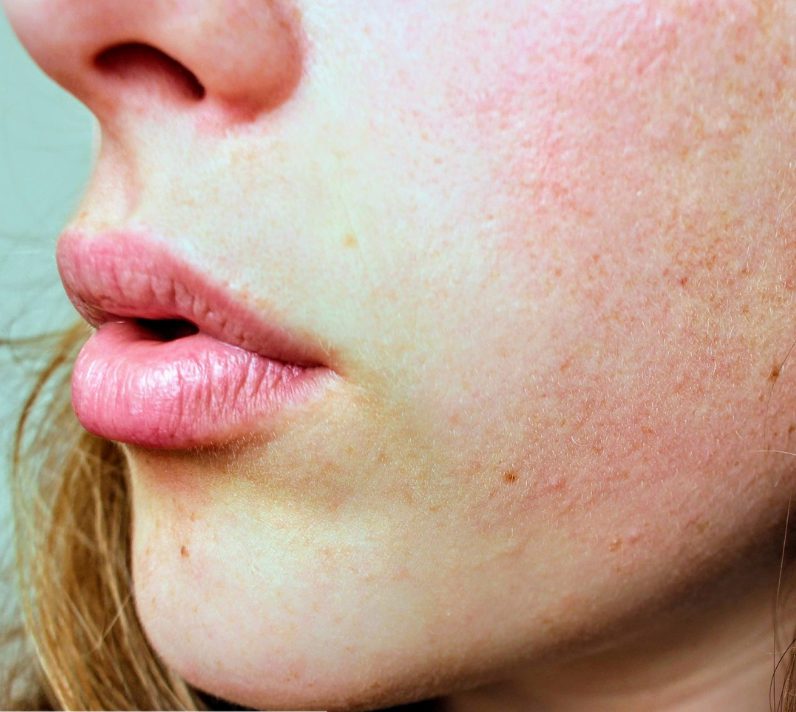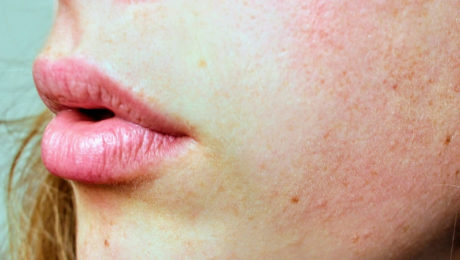Can Stem Cells treatment Regrow the knee cartilage?
Some people believe that stem cells can achieve this, but studies show it’s unlikely in most cases. While minimal growth may be observed a year after treatment, full cartilage replacement is rare.
Limited Regenerative Capacity of Cartilage
Cartilage has limited regenerative capacity, and current pharmacological treatments offer only symptomatic relief. Patients who don’t respond to conventional therapies may undergo surgical procedures like arthroplasty or total joint replacement.
Stem Cells for Cartilage Repair
Stem cells from various tissues have been used over the last two decades to treat osteoarthritis and bone damage. They primarily aid in cartilage repair but often fail to fully replicate native tissue properties.
Potential of Stem Cell Therapies
Stem cell therapies using MSCs or iPSCs have shown promise in clinical settings. iPSCs, in particular, offer patient-specific regeneration potential.
Understanding Cartilage and Its Damage
Cartilage is crucial for joint function, providing cushioning and flexibility. Damage, whether from trauma or conditions like osteoarthritis, reduces its effectiveness.
Treatment Options for Cartilage Damage
Current treatments focus on symptom relief or joint replacement for severe cases.
How Stem Cells Can Help
Stem cells, sourced from bone marrow or fat, can develop into chondrocytes and aid in reducing inflammation and stimulating repair.
Challenges in Cartilage Regrowth
Cartilage’s complex structure requires more than just cell injection for effective regeneration. Scaffold-like structures are being researched for better outcomes.
Mechanism of Stem Cell Action
Stem cells work through anti-inflammatory processes and regeneration stimulation, though they do not transform into different tissues.
Role of ISSCA in Advancing Regenerative Medicine
The ISSCA promotes standards and research in regenerative medicine, offering certifications and advancing the field’s understanding.
- Published in Blog
Why Dermatologists Should Use Platelet-Rich Plasma (PRP)
WEDNESDAY, 14 MARCH 2018 / PUBLISHED IN BLOG
PRP is a powerful means of regenerating tissues and has seen substantial growth in popularity among patients, especially those who suffer from alopecia. This is despite the apparent lack of evidence that supposedly surrounds the treatment.
Is It a Lack of Evidence or Just a Lack of Funding?
The lack of widespread research may have more to do with funding than anything else. Many of the studies currently available about PRP were unfunded, especially on the subject of hair regeneration. However, despite this lack of funding, the demand for PRP treatments for hair loss is growing at an unprecedented rate.
Types of PRP Kits
When it comes to PRP kits, there are three kinds to choose from:
- Kits that use gels
- Kits that create a buffy coat
- Kits that create a buffy coat utilizing a double spin.
It is generally agreed that the last option creates the most reliable and concentrated form of PRP possible, at 5-7 times the baseline amount of platelets. This concentration level also has the most nutrients, which helps in the regeneration of blood vessels and stem cells.
Combining PRP with Micro-needling
One commonly recommended tactic is to combine PRP hair regeneration with micro-needling and a topical layer of PRP. This can be beneficial in some cases. Micro-needling creates small amounts of trauma, prompting the body to react with a healing response. This response, mixed with PRP, can help stimulate the growth of new cells.
In some instances, a dermatologist might have three sessions, with the first two being PRP injections and the middle one being micro-needling with a PRP topical solution. However, micro-needling is completely optional. Whether you choose to use this method or not, you will still be injecting the patient with PRP at the scalp.
Combining PRP with an Allograft Matrix
Many hair regeneration experts combine PRP with an allograft matrix. These are often used for healing wounds as they activate inactive adult stem cells. This makes wounds heal faster. Allografts act like a scaffold, proliferating cell regrowth and speeding up the healing process. Many experts in the field have noted a high degree of success using this method.
Allografts are generally made from pig bladder tissue. However, a better type of allograft is made from amniotic tissues and fluid. This type of allograft can be utilized with little or no chance of being rejected by the body, unlike those made from pig bladders.
Medications vs. PRP
The main drugs commonly used to regrow hair are Minoxidil and Finasteride. These were designed to prevent male pattern hair loss but did almost nothing to regrow lost hair. These drugs are known to be temporary solutions, and if patients stop taking them, the benefits quickly reverse. They are also not 100% effective at stopping hair loss but can slow the progression.
However, PRP is different. It may be the only treatment on the market that has been clinically proven to regrow hair and heal hair follicles. This means it not only slows down hair loss but actually helps with hair growth.
Many may ask how temporary the solution is, given that other drugs on the market are just temporary solutions. However, many patients report that a PRP and allograft combination treatment gave them great results lasting nearly half a decade or more with just one treatment. Each patient is different, though.
Aside from drugs, the only other option for hair loss was hair transplants. This is why PRP has been growing in popularity in hair regrowth groups. Although other treatments are not obsolete, adding PRP therapy can be both beneficial and safe for patients in the long run.
Some people combine the two, using PRP alongside Minoxidil and Finasteride with little to no side effects. You can even combine PRP with laser light scalp stimulation therapy, but that is up to you.
So Try It Out
PRP for hair regeneration, skin rejuvenation, and even facelifts is going strong with no sign of stopping. Many dermatologists have already adopted this treatment, and since it is not going anywhere anytime soon, it may be beneficial for you to join in on it too.
For more information about PRP, including equipment, check out the Adimarket website. We provide great tools for any practice to utilize.

- Published in Blog


![CartilageA[1]](https://www.issca.us/wp-content/uploads/2020/08/CartilageA1-460x260_c.jpg)

